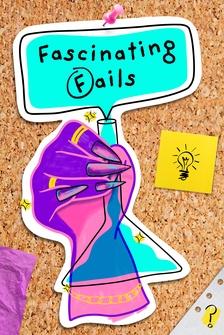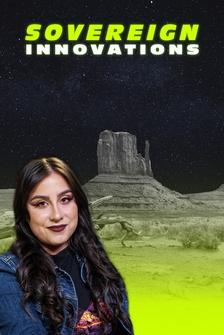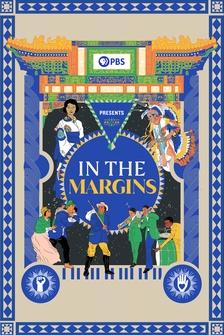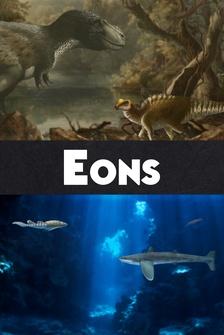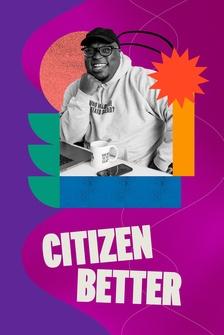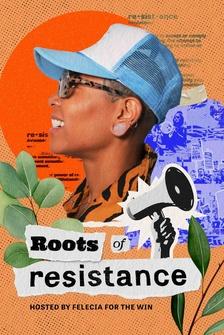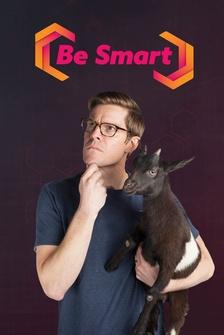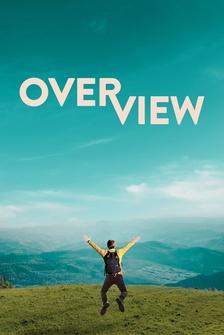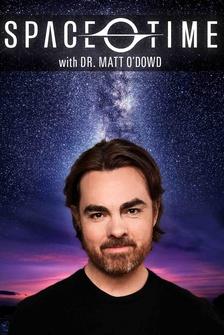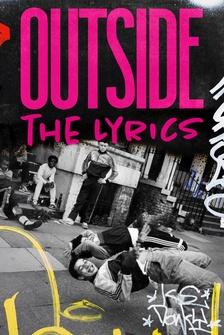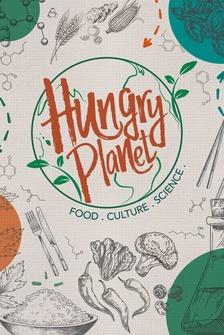Since at least 213 B.C.E.
book burnings have been a reaction to the power of the written word.
When roasting paper in a giant circle went out of style, at least in the intellectual sphere we hope, governments would take it upon themselves to ban books.
However, when we talk about book bannings today, at least in the Western world, we are usually discussing a specific choice made by individual schools, school districts and libraries, made in response to the moralistic outrage of some group.
This, while still hotly contested, problematic and controversial, is still nothing in comparison to the ways of books have been removed, censored and outright destroyed in the past, along with their authors.
So on that happy note let's explore how the seemingly innocuous book has survived centuries of the ban hammer.
(hammer dings) Let's do it.
(upbeat music) Historically speaking, there are usually three big reasons books are banned: religion, morality and politics.
The three things you do not discuss in dinner.
Back in the B.C.E.
era, entire ideas, religions and political movements were and could be wiped out, not with a mass tweet, but with book burnings, and sometimes, if things were really intense, people burnings as well.
It was really real.
One of the earliest documented examples in North America is the burning of Aztec and Mayan manuscripts in the 1560s by Catholic priests and the conquistadors.
In Tudor England, during the schism between the Church of England and the Roman Catholic Church, depending on which monarch was arbitrarily in power and what religion they followed, your choice of religious book could get you murdered.
It was not a good time.
This was done, as French writer and historian Lucien X. Polastron explains in "Books on Fire," "Because as the lawmakers of ancient China and the Nazis in Czechoslovakia decided, an educated people can not be governed; because the conquered peoples must change the history of their beliefs, like the Aztecs; because only the illiterate can save the world, a common theme of the millenarian preachers of every era; because the nature of a great collection of books is a threat to the new power."
Historians point to Harriet Beecher Stowe's "Uncle Tom's Cabin" as the first book in the United States to experience a ban on a national scale.
Many Southern states flat out prohibited the sale of the book, spitting that it stoked the flames of abolition, and "Uncle Tom's Cabin" is actually considered one of the books that started the Civil War.
Which, you know, considering all the slave narratives, is a hot take, but whatever.
One place you could kind of call the Billboard Hot 100 of Banned Books is the "Index Librorum Prohibitorium," or "List of Prohibited Books."
This was a list of books and other publications deemed heretical by the Vatican.
If you were Catholic, you could not read this content without permission from a priest or a higher power.
This included romantic texts, astronomy, science and anything else the church saw as antithetical to their faith.
Victor Hugo?
Over it.
Copernicus and Galileo?
Canceled.
Rousseau?
You gotta go.
Funny enough, Charles Darwin's "On the Origin of Species" was not listed among the banned texts in question.
Things that make you go "Hmm."
Maybe they liked it?
It was banned from the Library of Trinity College, Cambridge and in the United States kept out of many schools.
In Tennessee, the book and teachings of evolution were banned until as late as 1967.
In Nazi Germany, the government burned thousands of books, written by Jewish authors, communists and anyone else considered other.
Included were the works of Albert Einstein, Sigmund Freud, Ernest Hemingway, Helen Keller, Lenin, Jack London, Karl Marx, Upton Sinclair, Stalin and Leon Trotsky.
Those are political and religious reasons, but sometimes a book can get in trouble for being too risque.
Oscar Wilde's "The Picture of Dorian Gray" is, according to literary professor Nicholas Frankel, "one of the first novels in the English language to explore the nature of homoerotic and homosexual desire."
Charles Whibley, mentee of W.E.
Henley, the English poet, critic and editor, who, fun fact, was also the inspiration for Long John Silver, reviewed Dorian as such: "Mr. Oscar Wilde has again been writing stuff that were better unwritten; and while "The Picture of Dorian Gray," which he contributes to Lippincott's, is ingenious, interesting, full of cleverness and plainly the work of a man of letters, it is false art for its interest is medico-legal; it is false to human nature for its hero is a devil, it is false to morality, for it is not made sufficiently clear that the writer does not prefer a course of unnatural inequity to a life of cleanliness, health and sanity.
Mr. Wilde has brains, and art, and style, but if you can write for none but outlawed noblemen and perverted telegraph-boys, the sooner he takes to tailoring, or some other decent trade, the better for his own reputation and the public morals."
Just simple tailor.
That's a "Star Trek" joke, some people will like it.
And this is in response to the edited version that Wilde's publishers made, where according to Frankel, they cut out 500 words from the original typescript without Wilde's permission.
When Wilde was put on trial for his homosexuality or gross indecency, officially, as it was put in 1895, his novel was used as evidence that led to his conviction.
This prudishness sadly did not just exist for the posh Victorians.
In America, we had Anthony Comstock, an anti-vice activist.
He sounds fun.
Comstock got Congress to pass the Comstock law on March 3rd, 1873, which prohibited the mailing of pornographic materials.
His definition of the term was murky at best.
Anatomy textbooks, doctors' pamphlets on anything having to do with the reproductive health, guess who that affected, Oscar Wilde, and even "The Canterbury Tales" were deemed too sexy to send through the mail.
A bunch of comstalkery, I say, and also many others, I sadly did not coin that term.
Amy Werbel, professor of the history of art at the Fashion Institute of Technology, put it aptly, "Comstock most typically engaged in direct censorship when he seized and destroyed materials to prevent their public circulation.
Direct censorship in any society, no matter how repressive, is just one means through which discourse is limited.
Concern about the possibility of censorship in many cases results in an unwillingness of artists and writers to risk producing potentially indictable work, resulting in self-censorship.
As individuals respond to perceived limits in this manner, a new canon is formed, shaping the perception of what speech is considered to be normal or transgressive.
This process of social censorship typically serves to amplify the voices of those who already hold power and to reduce, marginalize and silence the expressions of those who are vulnerable."
Two legal cases that really helped move the conversation in a different direction were The United States versus One Book Called "Ulysses" in 1933, and R v Penguin Books in 1960.
The United States versus One Book Called "Ulysses" centered around Irish author James Joyce's "Ulysses," a book that I absolutely have read and completely respect.
The court argued that the book was obscene, and Random House argued that the content was protected by the first amendment.
Judge, John M. Woolsey stated that the novel was serious and that Joyce was sincere and honest, and using a stream of consciousness to explore the mentality of its characters.
Subsequently the book was finally allowed to enter the United States.
In R v Penguin Books, the book in question was D.H. Lawrence's "Lady Chatterley's Lover," which is a book about a noble woman who has an affair with her gardener.
Landscaping can be hot.
During the trial Mervyn Griffith-Jones, the prosecutor, asked the jury to decide if the book was obscene and if it had enough literary merits.
"Would you approve of your young sons, young daughters, because girls can read as well as boys, reading this book?
Is it a book you would have lying around your own house?
Is it a book that you would even wish your wife or your servants to read?"
Wives and servants reading about pleasure.
I gasp.
Gasp.
Aldous Huxley.
In a handwritten deposition to the defense team, "'Lady Chatterley's Lover' is an essentially wholesome book.
That a beautiful and serious work of art should run the risk of being banned because its creator chose to make use of certain words that it is conventional to regard it as shocking, this is surely the height of absurdity."
It seemed like the jury ultimately agreed with Huxley, and they voted that the book was not obscene.
In 1973 with Miller v California, the U.S. Supreme Court finally tweaked its definition of obscenity.
It went from that of "utterly without social redeeming value" to "that which lacks serious literary, artistic, political or scientific value."
Big difference.
Huge.
Today, LGBTQ books and books written by authors of color depicting the complexities of their lives are still often challenged.
Banned Books Week was started in 1982 in response to this sudden surge in the number of challenges to books in schools, bookstores and libraries.
Additionally, every year the American Library Association puts out their list of the top 10 most challenged books.
In 2019 eight out of the 10 had to do with LGBTQ content.
As Judith Krug, one of the founders of Banned Books Week put it, "Librarians are trained as librarians.
We have absolutely no training or expertise in being censors.
Our job and yours is not to limit the horizons of a child, be he six or 12, 10 or 20.
Our jobs are to provide all the ammunition we possibly can to enable a child to expand his horizons.
The right of any individual to read is an absolute necessity in a democratic society."
Book banning is not about morality, it is about control, controlling the scope of the imagination and smothering it before it can truly grow.
It is fine to expose children to complicated books, but doing so asks us to talk to children, not just lecture them, which people find difficult.
If we start policing the quality of a book based on subjective, moral ideologies, we're not doing anything.
We should be conscious of the kind of work we expose children to, obviously, but banning books because they include LGBTQ families or because they talk candidly about the realities of marginalized existence ignores that there are children growing up in those families and those existences that need these books.
Quoting from Krug again, "Intellectual freedom is the right of any person to believe what he wants on any subject and to express his beliefs orally or graphically, publicly or privately, as he deems appropriate.
The ability to express one's opinions, however, does not really mean very much if there is not someone to hear what he is saying, to read what he is writing, or to view what he is producing through other methods.
And so the definition of intellectual freedom has a second integral part and that is total and complete freedom of access to all information and ideas regardless of the medium of communication used.
Information and ideas, in turn, give a man something to think about, to consider, to weigh prior to coming to his own opinion and decisions.
Once these opinions and decisions are formed, and sometimes before, he, too, is free to express his beliefs.
And so we have a circle.
And the circle breaks, however, if either the ability to produce or access the productions is stifled."
So in life we have a choice, do we want to be team Comstock or do we want to be team Wilde?
Choose wisely.





